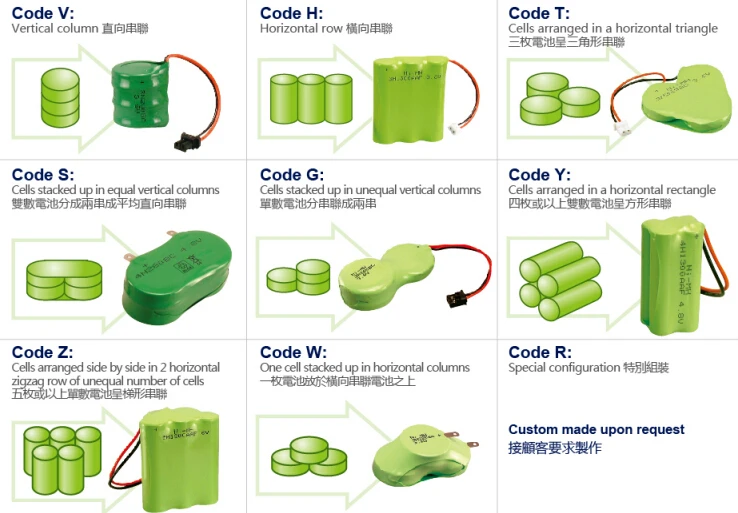
Toggle on "Optimized Battery Charging" in the Battery Health section. Instead, dropping to partially charged before the next plug-in is best for longterm battery health. But try to keep your battery from constantly plunging all the way to 0 percent. So unless you really need a charge, let it drop below 100 percent full.

Your lithium-ion battery only has so many charging cycles (about 500) before it starts degrading. Resist the urge to keep your phone fully charged all the time. It takes up way less energy to connect through your wireless internet than by using cellular data. Even better, turn on Auto-Brightness in Accessibility settings so you don't have to think about adjusting. Here are some tricks and settings you can use to try to salvage your battery: Apple says anything above 80-percent capacity will let your phone operate as usual. It's not hopeless if your iPhone has a reduced battery capacity. If the latter is the case, you might notice some of these issues with your iPhone: Apple warns that "lower capacity may result in fewer hours of usage between charges."Įven if you have a lower-than-100-percent capacity, you can still operate at "peak performance." Under "Battery Health" you'll see if the battery is still able to work as normal - or not. The closer to 100 percent, the better off you are. My iPhone 8, which I bought new in December 2019, is at 85-percent maximum capacity. There's also a section called "Battery Health." Click that for a quick analysis of how used-up your battery is currently. You can look at the past 24 hours or past 10 days.Īll about that battery Credit: sasha lekach / mashable/ screenshot

Hop over to "Settings" and open "Battery." You'll see a breakdown of when your battery was in use and which apps are using up the most juice. Here are some ways to monitor your iPhone battery health and keep it running like (almost) new.

You can make the most of what you're working with by treating the battery right and implementing a few tricks and tips. Understanding how your iPhone battery is doing can keep you from dropping big bucks to start over with a new phone (the cheapest iPhone starts at $399). Thankfully, Apple has some built-in tools (with more coming in iOS 14.5) to let you know for sure if you're imagining a quickly draining battery or if your phone really is about to die - even if it's a relatively new iPhone 11. If it feels like you're constantly charging your iPhone or are always on the lookout for an outlet to plug in, your phone's battery health may be deteriorating.


 0 kommentar(er)
0 kommentar(er)
